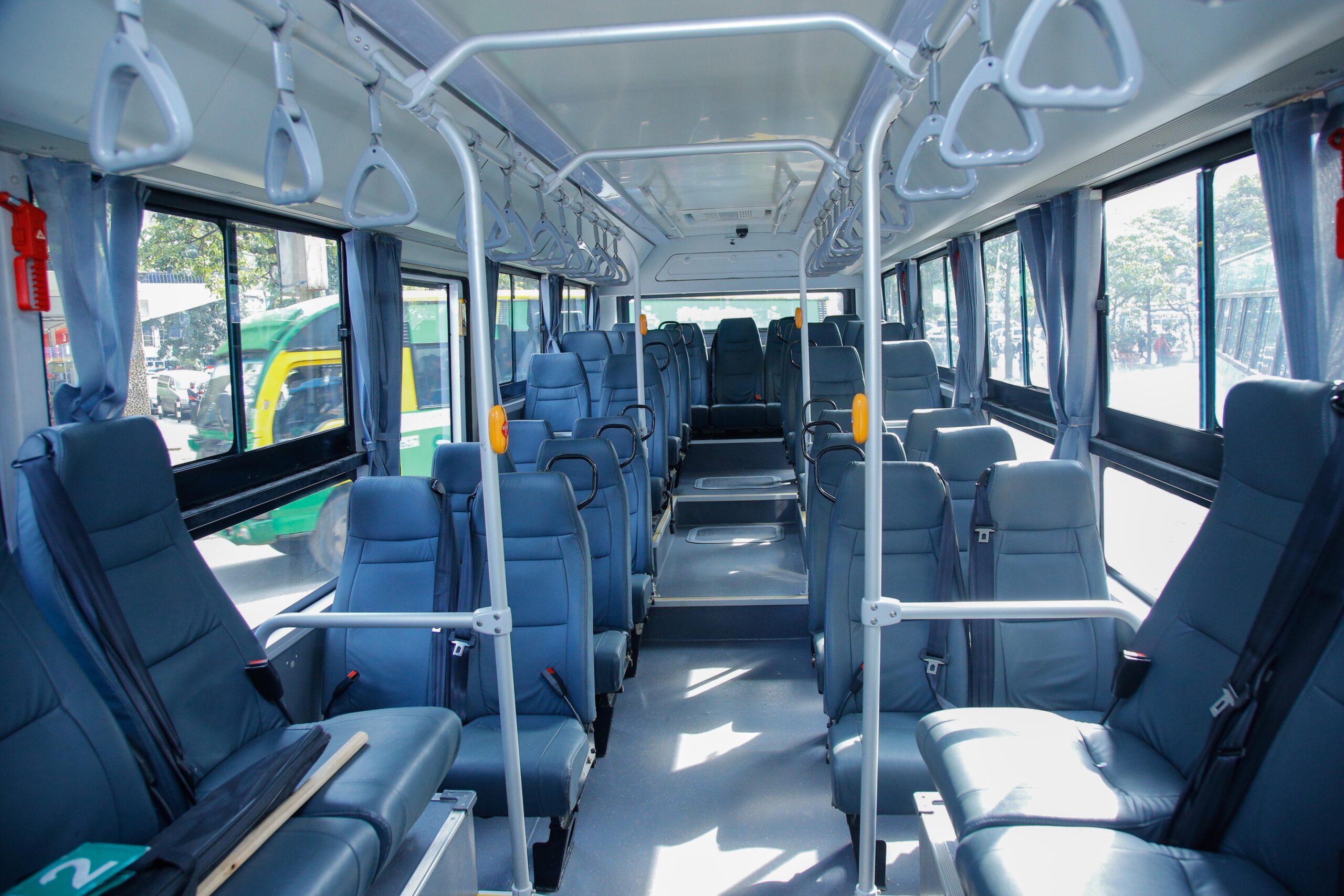
Sign up for daily news updates from CleanTechnica on email. Or follow us on Google News!
Let’s talk about range. What is range for you? We recently had comments from Lucid CEO Peter Rawlinson about a 30kWh midsize family car with 180 miles of range in 10 years. Our own Zach Shahan followed with an article about the benefits of building cars with less range. Both are thinking of typical average use cases that are not everybody’s use case. Few people are average. Average size is also known as the famous military uniform sizes, too big or too small, but never fitting.
We battery-electric vehicle (BEV) drivers understand the very ambiguous norm of EV range. And knowing our car, we seldom experience range anxiety. The people that are concerned about the range of a BEV are the current gas car drivers. So, lets look at what range is for those people, and more importantly, what is a worry-free range for those people.
When I was a petrol-head, range was for me the distance between filling up until the next time I needed to visit a gas station. In summer it was between 1100km and 1300km, in winter between 800km and 900km. I knew this because I was in the habit of resetting my trip odometer when I visited a gas station. Most ICE vehicle drivers have no clear idea about the range of their car. They just visit the gas station when the level in the tank is lowish, or when it’s opportune.
When an ICE car signals that the tank is empty, and the warning light on the dashboard starts blinking (or just burning), the car switches automatically to “reserve.” Well, nowadays there is no tap to turn to access the reserve, but it is still known as driving using the reserve. I do not know what the custom is in the USA, but in my experience, the reserve is good for about 100km (60 miles) on a motorway at about 100km/h (60mph).
A BEV does not have a reserve beside the stated range. Normally you do not charge a BEV battery like filling a petrol tank, until it overflows. If you have a high nickel battery (NCM or NCA), you probably try to not charge over 80% State of Charge (SoC). Charging before the start of the first leg on a long road trip would be the exception. My car starts to panic when the battery reaches a 20% SoC, but for motorway driving, starting to look for your next charging station at 30% SoC is likely more sensible.
The Worry-Free Range
That brings me to my definition of the worry-free range in a BEV. For many people that is between the 80% and 20% for urban/rural driving and 80% to 30% for long distance motorway driving. Or simply between 60% and 50% of the EPA or WLTP range the carmaker advertises for your car.
Back to what CEO Rawlinson proposes — 180 miles with a 30kWh battery is urban driving. Worry-free range is 110 miles. On the motorway it can be half of that. Do not try to drive from western Fort Worth to east of Dallas on an unplanned trip. That is 60 miles, and when avoiding downtown Dallas, it is over 70 miles. Some urban areas in the USA are BIG.
For second or third cars in an household, this range can often be enough. For the first or only car, the buyer has to realize what the limitations are. If there is an abundance of DC fast chargers in you area, it can be enough.
But why make vehicles with such limited range? So, lets talk about range again.
For looking at a BEV that can be acceptable for a large percentage of car buyers, I use a normalized BEV with a 60kWh battery. That was especially relevant in the first decade of BEV sales to the public at large. Smaller batteries were not able to replace an ICE vehicle for most generalized use cases.
There are two main reasons to choose the smallest battery acceptable to the public. Those are the price and the mass of the battery pack. Today a C-segment (sub-compact) BEV is about $10k more expensive and the mass is a few hundred kilograms more.
In 2010, the GM Volt 60kWh battery would have cost about $90k. The Nissan Leaf 60kWh battery would have been about $75k. But in 2030 these batteries could be between $1,500 and $2,500, depending on chemistry and market developments.
With the new technologies now in development, the density (kWh/kg) of the battery pack can double, if not triple, in the next 5-10 years. One of those technologies is solid-state batteries.
In 10 years, the period Rawlinson thinks about, there is no competitive advantage for a 30kWh BEV over a 60kWh BEV. Not in price and not in mass.
Why limit the functionality, the usability of those models?
Zach’s argument is more about the recent past and the current market. He is right about there being a group for whom those smaller battery vehicles are a good fit. But it is a small part of the market, and those small battery BEV will depreciate likely faster. I am not a fan of bringing them to market now, other than the very interesting models the Chinese and Koreans are now trying to sell in Europe.
Chip in a few dollars a month to help support independent cleantech coverage that helps to accelerate the cleantech revolution!
Have a tip for CleanTechnica? Want to advertise? Want to suggest a guest for our CleanTech Talk podcast? Contact us here.
Sign up for our daily newsletter for 15 new cleantech stories a day. Or sign up for our weekly one if daily is too frequent.
CleanTechnica uses affiliate links. See our policy here.
CleanTechnica’s Comment Policy




